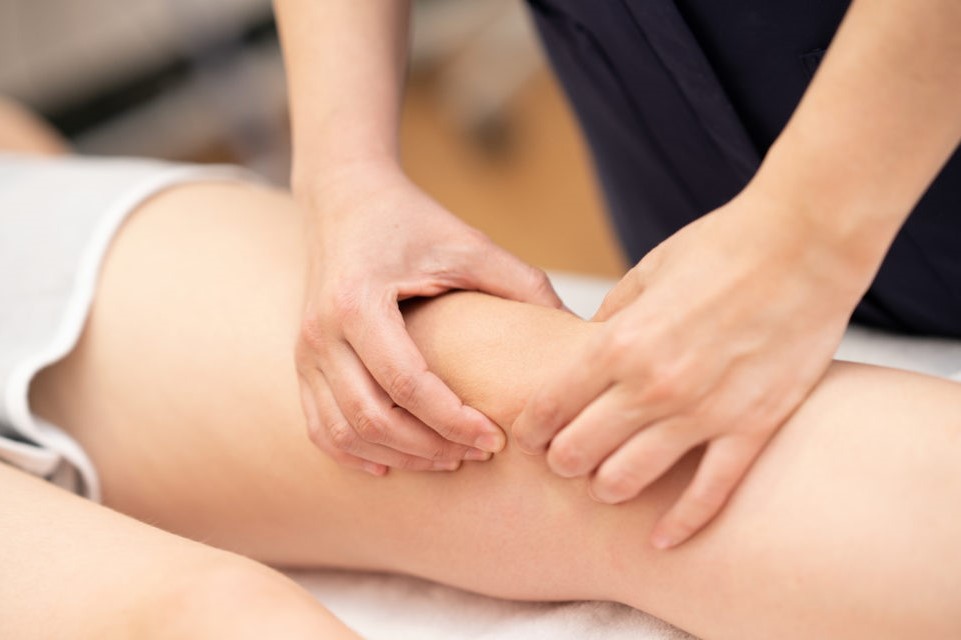
Varicose veins: what are elastic compression stockings for?
Varicose veins: just the mention of compression stockings immediately brings to mind grandma’s flesh-coloured stockings with an open toe, but it is important to know that there are more than just those
Elastic graduated compression stockings, which look exactly like normal stockings, are essential for the wellbeing of the veins, especially for those with risk factors for venous insufficiency.
The right compression stocking for one’s veins and venous circulation, however, is not measured in ‘deniers’ but in millimetres of mercury. The correct degree of compression must be determined by the specialist.
What are the different types of compression stockings?
There are preventive elastic stockings, which can be used in the early stages of venous insufficiency, and therapeutic ones, which are effective in containing varicose vein disease and its complications.
Not all patients need the same type of stocking, or even the same compression; for this reason, the compression class of the stockings, expressed in millimetres of mercury (mm/Hg), as for blood pressure measurement, should be prescribed by a specialist after the clinical examination and, if deemed appropriate, after the echocolordoppler examination, based on the diagnosis and the person’s problem.
There are also elastic stockings specifically for pregnant women, at which time the varicose pathology may become apparent.
Compression stockings against venous insufficiency: what they are for
Compression socks should be regarded as an essential medical aid against varicose veins and swelling.
Many people think of compression stockings as an aesthetic sacrifice, but that is not all.
Today, there are therapeutic containment stockings in various colours, completely identical to ordinary women’s stockings, which exert graduated compression from the bottom upwards, on the skin of the legs.
The containment stockings, or, to use the technical term, elastocompression stockings, serve to encourage the upward thrust of blood and fluid accumulated in the lower part of the leg, at ankle level, and compress existing varicose veins while preventing them from dilating excessively.
In this way, while wearing stockings to work or for an outing, fluid stagnation, leg swelling and consequently the risk of phlebitis are prevented.
When elastocompressive stockings are needed and for whom
Elastocompression socks are an aid to be taken into consideration for those who have parents or grandparents in the family who suffer or have suffered from varicose veins; for those who carry out work in which it is necessary to stand for long periods of time, especially in hot environments; for those whose legs tend to swell, especially in summer; for those who are pregnant or in menopause.
In any case, it is important to consult a specialist to assess the category and type of compression.
Genetic predisposition and the presence of certain risk factors such as being overweight or gaining weight during pregnancy, cigarette smoking habits, sedentariness, but also hormonal changes during pregnancy and menopause, are alarm bells, because they could indicate an initial venous or lymphatic insufficiency, which is present in a slight way even in women in the absence of predisposing factors or risk factors.
Read Also:
Emergency Live Even More…Live: Download The New Free App Of Your Newspaper For IOS And Android
Orthopaedics: What Is Hammer Toe?
Hollow Foot: What It Is And How To Recognise It
Occupational (And Non-Occupational) Diseases: Shock Waves For The Treatment Of Plantar Fasciitis
Flat Feet In Children: How To Recognise Them And What To Do About It
Swollen Feet, A Trivial Symptom? No, And Here’s What Serious Diseases They May Be Associated With


